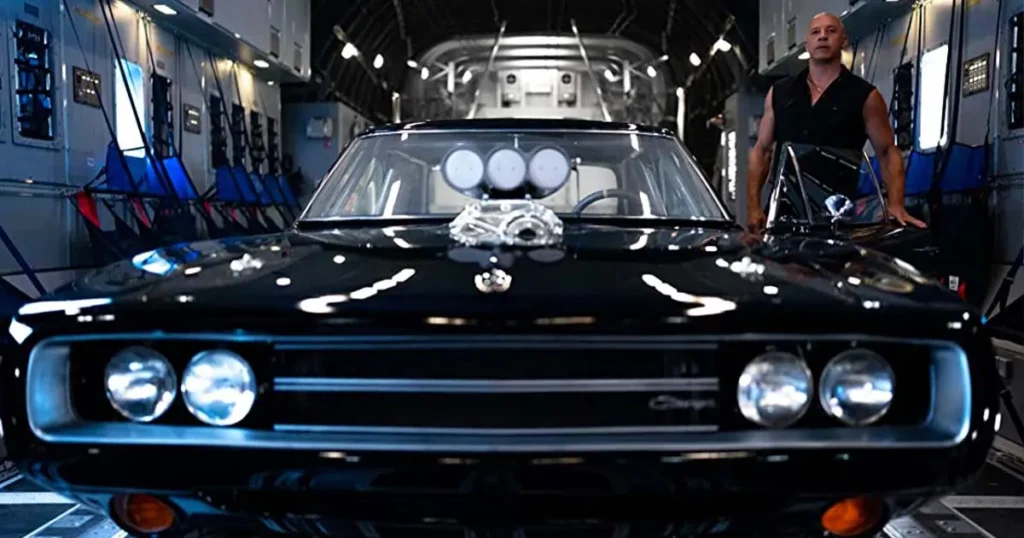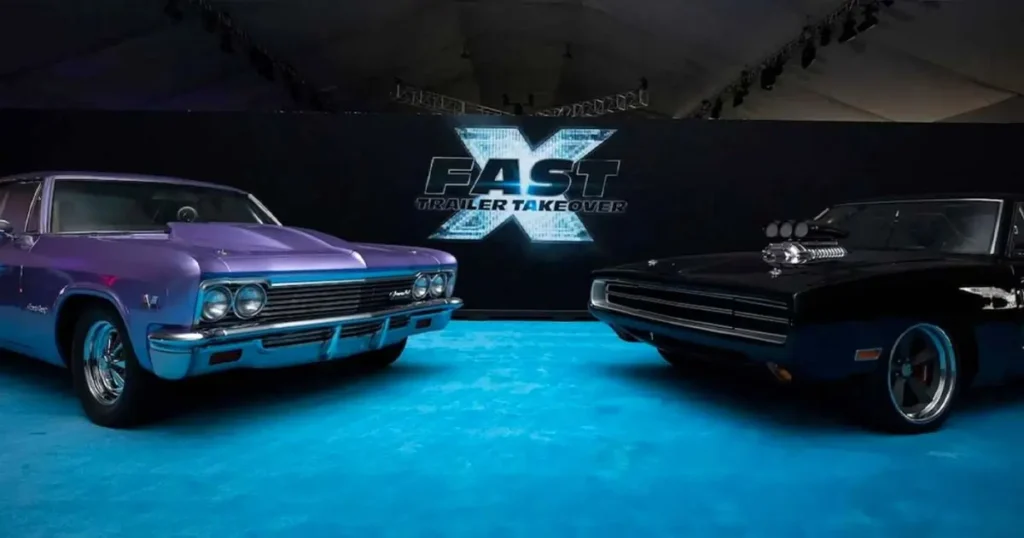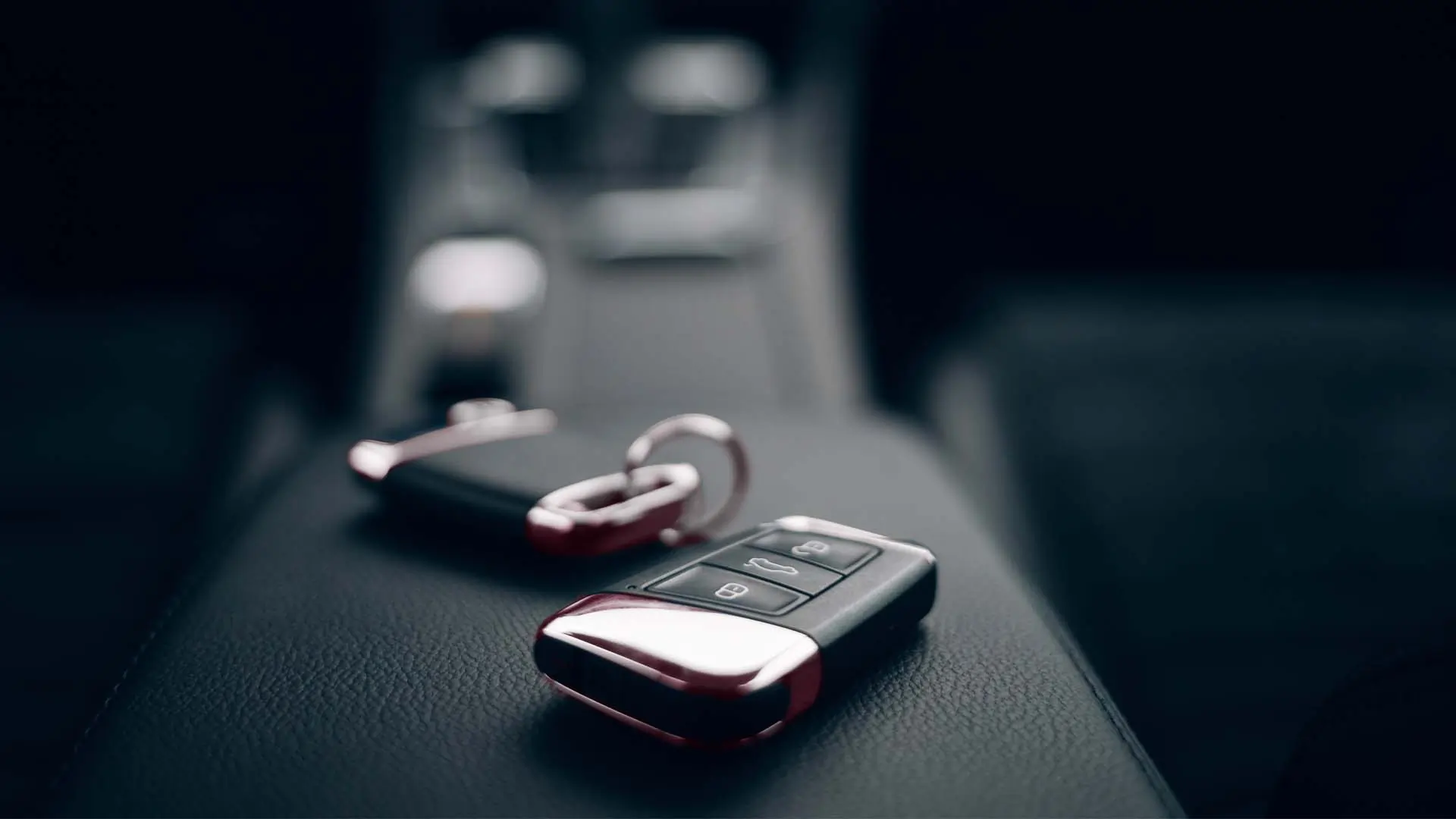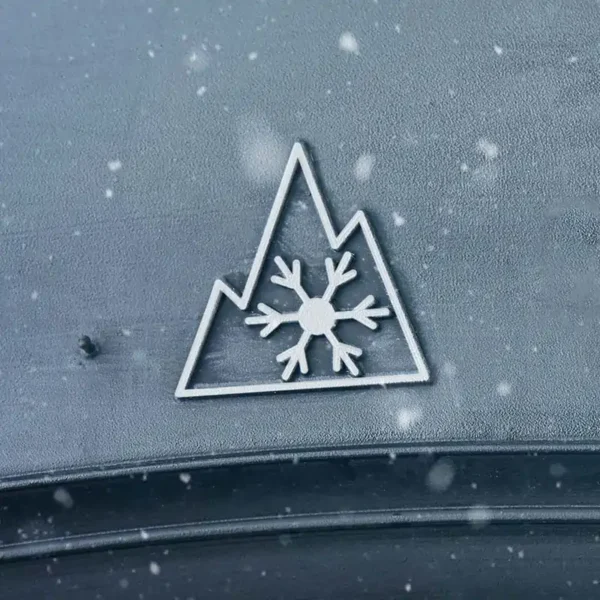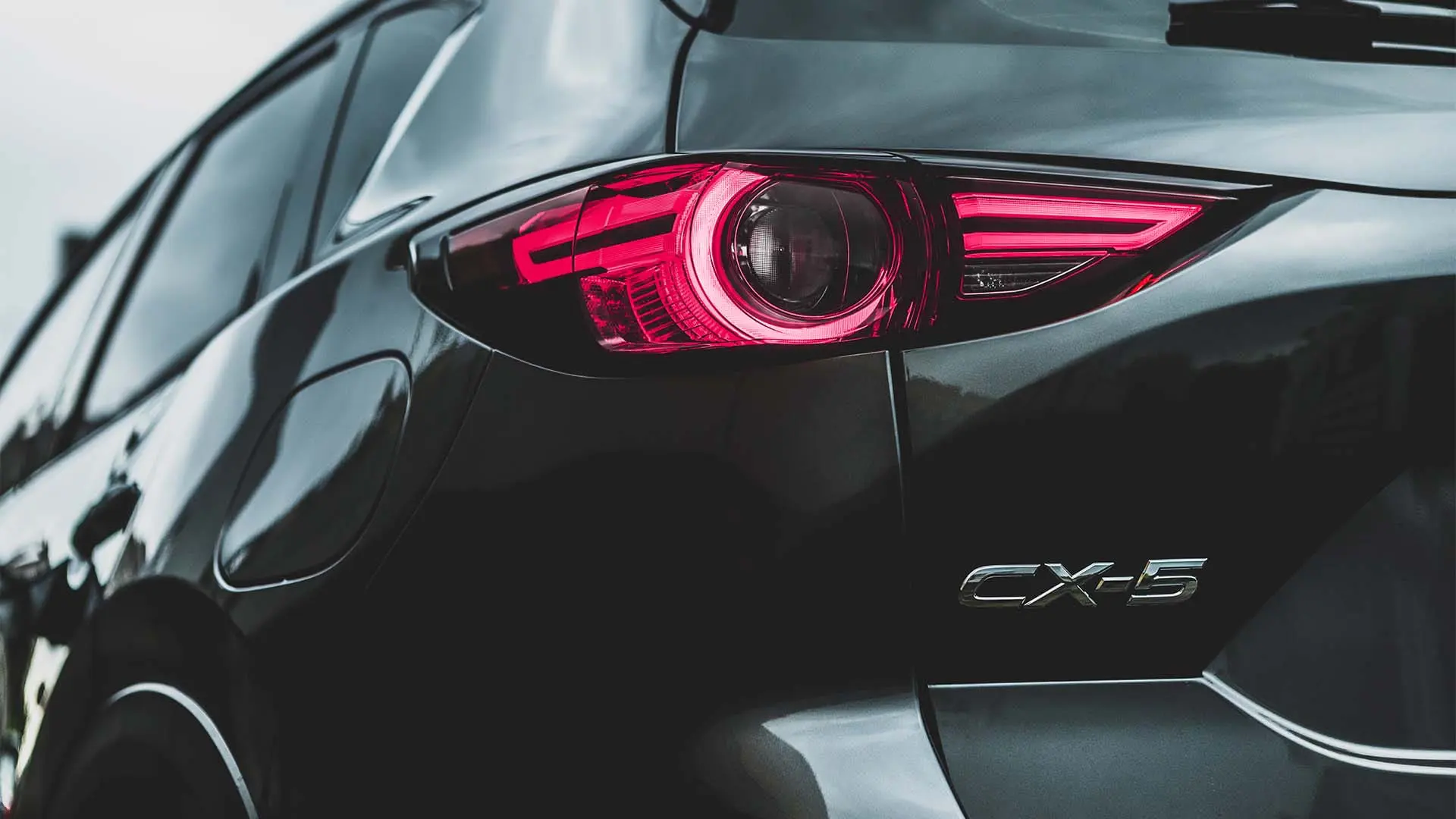Auto insurance gender gap: Is there any way out of it?
May 16, 2023
It’s no secret that men pay more for auto insurance than women. In Ontario, that gap is largest for the youngest, least experienced drivers, and then disappears around age 25. But is the gender gap consistent across Ontario? And are there other factors that can make the gap larger or smaller? We used our auto insurance quoter to run quotes across the province’s largest cities (and a couple of very small towns) to get some answers.
Key findings
- The average gap between men’s and women’s premiums is about 29% at age 18, and 11% at age 22
- At age 18, Vaughan has the biggest gap (33%) and Brampton has the smallest (20%)
- At age 22, Windsor has the biggest gap (16%) and Vaughan has the smallest (6%)
- Rural postal codes seem to have a smaller gap (20%) at age 18 and mirror the provincial average (11%) at age 22
- The gender gap can vary within the same city by as much as 8 percentage points
- The average gap increases to 46% among 18-year-old drivers with two tickets on their record
- The gap for 18-year-olds is not affected by the car you drive, but it is somewhat smaller if the drivers are married
Who are the drivers?
In order to see how the gender gap breaks down across Ontario, we created imaginary 18-year-old and 22-year-old drivers, then ran quotes for them in two different area codes from each of Ontario’s 10 largest cities. To determine if population density plays a role in the gender gap, we also ran quotes in two very rural area codes, Rainy River and Maberly. Note that our drivers are identical in every way except their gender and age.
| Kylie (female) | Kyrie (male) |
|---|---|
|
|
Gender gap by postal code and age
| Ontario city | Rate for Kyrie (Male) | Rate for Kylie (Female) | Gap |
|---|---|---|---|
| Brampton (L6W) | $6,517 | $5,427 | 20% |
| Brampton (L6Y) | $7,555 | $6,340 | 19% |
| Brampton Avg. | 20% | ||
| Hamilton (L8L) | $6,598 | $4,977 | 33% |
| Hamilton (L8P) | $4,258 | $3,285 | 30% |
| Hamilton Avg. | 31% | ||
| Kitchener (N2G) | $3,793 | $2,978 | 27% |
| Kitchener (N2N) | $5,088 | $4,075 | 25% |
| Kitchener Avg. | 26% | ||
| London (N5V) | $5,858 | $4,391 | 33% |
| London (N5W) | $4,258 | $3,255 | 31% |
| London Avg. | 32% | ||
| Markham (L3P) | $5,207 | $3,971 | 31% |
| Markham (L6C) | $5,207 | $3,971 | 31% |
| Markham Avg. | 31% | ||
| Mississauga (L5B) | $5,678 | $4,299 | 32% |
| Mississauga (L5M) | $4,577 | $3,520 | 30% |
| Mississauga Avg. | 31% | ||
| Ottawa (K1N) | $3,443 | $2,754 | 25% |
| Ottawa (K2C) | $4,077 | $3,059 | 33% |
| Ottawa Avg. | 29% | ||
| Toronto (M2N) | $4,959 | $3,778 | 31% |
| Toronto (M4K) | $5,761 | $4,362 | 32% |
| Toronto Avg. | 32% | ||
| Vaughan (L4H) | $6,773 | $5,140 | 32% |
| Vaughan (L6A) | $6,407 | $4,787 | 34% |
| Vaughan Avg. | 33% | ||
| Windsor (N8V) | $4,208 | $3,264 | 29% |
| Windsor (N9A) | $4,830 | $3,700 | 31% |
| Windsor Avg. | 30% | ||
| Rainy River (P0W) | $4,087 | $3,398 | 20% |
| Maberly (K0H) | $3,373 | $2,825 | 19% |
| Rural Avg. | 20% | ||
| Province-wide Avg. | 29% | ||
Get an auto insurance quote in minutes.
| Ontario city | Rate for Kyrie (Male) | Rate for Kylie (Female) | Gap |
|---|---|---|---|
| Brampton (L6W) | $4,073 | $3,733 | 9% |
| Brampton (L6Y) | $4,880 | $4,353 | 12% |
| Brampton Avg. | 11% | ||
| Hamilton (L8L) | $3,463 | $3,041 | 14% |
| Hamilton (L8P) | $2,682 | $2,315 | 16% |
| Hamilton Avg. | 15% | ||
| Kitchener (N2G) | $2,425 | $2,111 | 15% |
| Kitchener (N2N) | $2,447 | $2,411 | 1% |
| Kitchener Avg. | 8% | ||
| London (N5V) | $2,899 | $2,853 | 2% |
| London (N5W) | $2,682 | $2,315 | 16% |
| London Avg. | 8% | ||
| Markham (L3P) | $3,039 | $2,785 | 9% |
| Markham (L6C) | $3,039 | $2,785 | 9% |
| Markham Avg. | 9% | ||
| Mississauga (L5B) | $3,523 | $3,008 | 17% |
| Mississauga (L5M) | $2,874 | $2,475 | 16% |
| Mississauga Avg. | 17% | ||
| Ottawa (K1N) | $2,235 | $1,964 | 14% |
| Ottawa (K2C) | $2,364 | $2,248 | 5% |
| Ottawa Avg. | 9% | ||
| Toronto (M2N) | $3,088 | $2,646 | 17% |
| Toronto (M4K) | $3,362 | $3,050 | 10% |
| Toronto Avg. | 13% | ||
| Vaughan (L4H) | $3,838 | $3,684 | 4% |
| Vaughan (L6A) | $3,557 | $3,325 | 7% |
| Vaughan Avg. | 6% | ||
| Windsor (N8V) | $2,661 | $2,304 | 15% |
| Windsor (N9A) | $3,026 | $2,596 | 17% |
| Windsor Avg. | 16% | ||
| Rainy River (P0W) | $2,448 | $2,258 | 8% |
| Maberly (K0H) | $2,065 | $1,799 | 15% |
| Rural Avg. | 11% | ||
| Province-wide Avg. | 11% |
Across the province, the gap is reduced by 18 percentage points between the ages of 18 and 22. The most dramatic decrease is in Vaughan, where the gender gap drops by 27 points.
How does your driving record affect the insurance gap?
Just for fun, we added a few minor speeding tickets to 18-year-old Kylie and Kyrie’s driving records. Here’s what we found:
- One ticket doesn’t seem to affect the gap. Premiums do go up, but the increase is about the same for males and females. The notable exception is Ottawa, where one ticket increased the gap from 29% to 43%.
- A second ticket at age 18 does have quite an impact on the gender gap, which goes up to 46% on average. In London, with two tickets, men pay 64% more than women.
| Ontario city | Insurance rate gender gap | Gap with one ticket | Gap with two tickets |
|---|---|---|---|
| London | 32% | 34% | 64% |
| Markham | 31% | 23% | 47% |
| Ottawa | 29% | 43% | 42% |
| Toronto | 32% | 28% | 33% |
| Rural | 20% | 22% | 47% |
| Province-wide | 29% | 29% | 46% |
What else might affect the gender gap?
We ran quotes using different vehicles to see if that makes a difference in the gender gap. It doesn’t.
- With the same 18-year-olds driving a Mustang GT, the gap was still 29%.
- Driving a GMC Sierra it went down marginally to 28%.
| Ontario city | Gap Subaru Outback | Gap Ford Mustang | Gap GMC Sierra |
|---|---|---|---|
| Brampton | 20% | 21% | 24% |
| Hamilton | 31% | 34% | 30% |
| Kitchener | 26% | 33% | 26% |
| London | 32% | 33% | 27% |
| Markham | 31% | 26% | 32% |
| Mississauga | 31% | 32% | 32% |
| Ottawa | 29% | 33% | 28% |
| Toronto | 32% | 30% | 32% |
| Vaughan | 33% | 20% | 29% |
| Windsor | 30% | 31% | 30% |
| Rural | 20% | 31% | 25% |
| Province-wide | 29% | 29% | 28% |
We also ran the original quotes for 18-year-old drivers with the Subaru Outback, but listed the drivers as married. This did close the gap somewhat to 26%, but probably not enough for us to recommend that you get married at that age.
| Ontario city | Gap single | Gap married |
|---|---|---|
| Brampton Avg. | 20% | 19% |
| Hamilton Avg. | 31% | 31% |
| Kitchener Avg. | 26% | 30% |
| London Avg. | 32% | 30% |
| Markham Avg. | 31% | 30% |
| Mississauga Avg. | 31% | 30% |
| Ottawa Avg. | 29% | 21% |
| Toronto Avg. | 32% | 30% |
| Vaughan Avg. | 33% | 25% |
| Windsor Avg. | 30% | 29% |
| Rural Avg. | 20% | 15% |
| Province-wide Avg. | 29% | 26% |
Conclusions
The way that the gender gap is manifested in different parts of Ontario doesn’t really show us an overall pattern. Age and driving record seem to be the more relevant factors. It’s interesting that one small blemish on the driving record doesn’t seem to affect the gap, but any more tickets and the discrepancy between male and female premiums balloons. Getting married seems to have a small mitigating influence on the gender gap.
A note about shopping around
All the rates shown above represent the lowest quote that our system generated for the particular driver personas we created. Ten different insurance companies are represented in those prices, meaning that if we had just been shopping with one company, we would not have found the best rate most of the time. Mitch works with 70+ insurance companies. So when you shop with us, whether you’re male or female, young or old, you can feel confident that you’re really getting the best price.
Looking for car insurance?
Speak with a Mitch Insurance broker today to get a quote on auto insurance in Ontario.
Call now
1-800-731-2228






